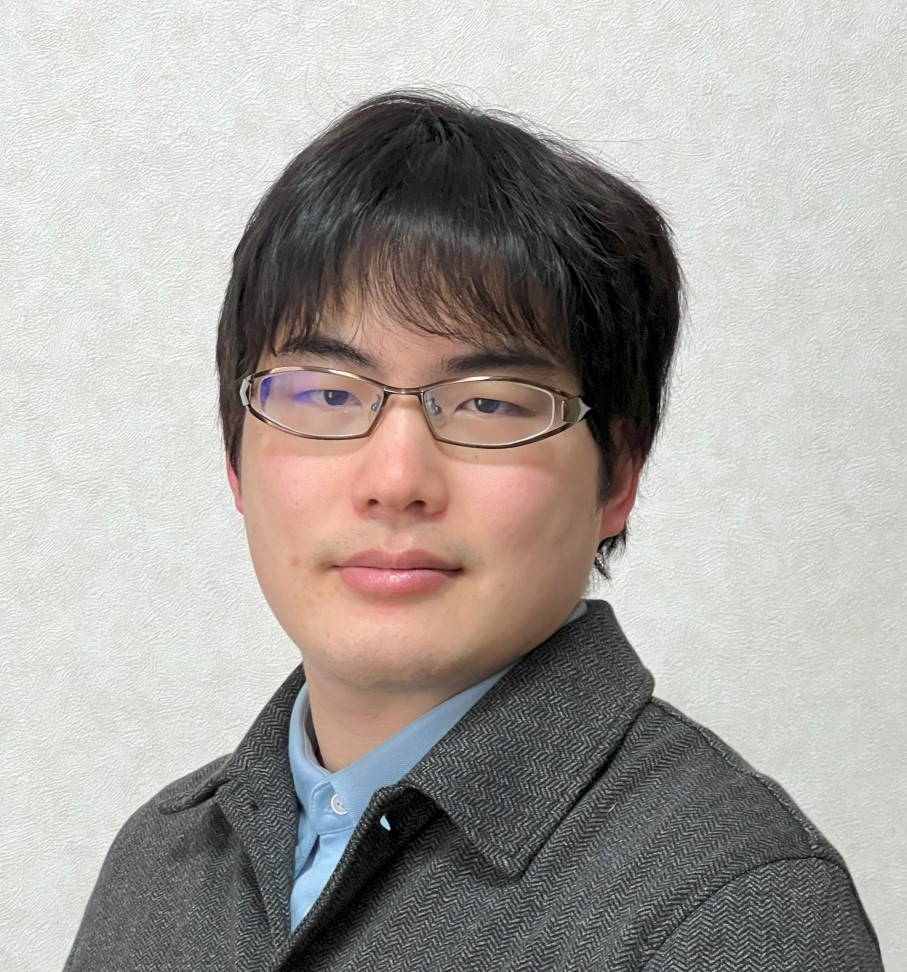Related Outline
Plasma membranes act as the first interface to select extracellular stimuli and determine cell fate. The cell surface mechanics (e.g. cell surface tension) are important factor that regulate various biological phenomena such as cell differentiation, cancer, and aging. However, current techniques have a limited ability to interrogate the link between the cell surface mechanics and the molecular phenotype as defined by unbiased transcriptional screening. This poses a barrier for uncovering the molecular mechanisms that regulate cell surface mechanics. Therefore, we are developing the method called “ELASTomics”, a method for the integrated analysis of cell surface tension and gene expression at the single-cell resolution. Electroporation-based lipid-bilayer assay for cell surface tension and transcriptomics (ELASTomics) profiles both the mechanical state of the cell surface and the transcriptome by importing oligonucleotide-labeled macromolecules into cells via nanopore electroporation and sequencing. In this project, we will apply the ELASTomics to organoids and tissues, which exhibit unique morphogenesis, to elucidate the molecular mechanisms that control the coordinated mechanical organization during tissue formation.
Career
I graduated from Kyoto University (Faculty of Engineering) in 2015 and received a Ph.D. from the Graduate School of Engineering, Kyoto University in 2020. Then, I was assigned as a postdoctoral researcher at the Microfluidics RIKEN Hakubi research team (Hirofumi Shintaku Laboratory) and became a RIKEN Special Postdoctoral Researcher (SPDR) in 2022.
Representative Achievements
- The mechanosensitive ion channel PIEZO1 promotes satellite cell function in muscle regeneration.
Kotaro Hirano, Masaki Tsuchiya, Akifumi Shiomi, Seiji Takabayashi, Miki Suzuki, Yudai Ishikawa, Yuya Kawano, Yutaka Takabayashi, Kaori Nishikawa, Kohjiro Nagao, Eiji Umemoto, Yasuo Kitajima, Yusuke Ono, Keiko Nonomura, Hirofumi Shintaku, Yasuo Mori, Masato Umeda, Yuji Hara
Life Science Alliance 6(2) e202201783-e202201783 (2022)
DOI: https://doi.org/10.26508/lsa.202201783 - Extreme deformability of insect cell membranes is governed by phospholipid scrambling.
Akifumi Shiomi, Kohjiro Nagao, Nobuhiro Yokota, Masaki Tsuchiya, Utako Kato, Naoto Juni, Yuji Hara, Masayuki X. Mori, Yasuo Mori, Kumiko Ui-Tei, Motohide Murate, Toshihide Kobayashi, Yuri Nishino, Atsuo Miyazawa, Akihisa Yamamoto, Ryo Suzuki, Stefan Kaufmann, Motomu Tanaka, Kazuya Tatsumi, Kazuyoshi Nakabe, Hirofumi Shintaku, Semen Yesylevsky, Mikhail Bogdanov, Masato Umeda
Cell Reports 35(10) 109219-109219 (2021)
DOI: https://doi.org/10.1016/j.celrep.2021.109219 - Changes in the physicochemical properties of fish cell membranes during cellular senescence.
Akifumi Shiomi, Kohjiro Nagao, Hisae Kasai, Yuji Hara, Masato Umeda
Bioscience, biotechnology, and biochemistry 84(3) 583-593 (2020)
DOI: https://doi.org/10.1080/09168451.2019.1695576 - Cell surface flip-flop of phosphatidylserine is critical for PIEZO1-mediated myotube formation.
Masaki Tsuchiya, Yuji Hara, Masaki Okuda, Karin Itoh, Ryotaro Nishioka, Akifumi Shiomi, Kohjiro Nagao, Masayuki Mori, Yasuo Mori, Junichi Ikenouchi, Ryo Suzuki, Motomu Tanaka, Tomohiko Ohwada, Junken Aoki, Motoi Kanagawa, Tatsushi Toda, Yosuke Nagata, Ryoichi Matsuda, Yasunori Takayama, Makoto Tominaga, Masato Umeda
Nature communications 9(1) 2049-2049 (2018)
DOI: https://doi.org/10.1038/s41467-018-04436-w

